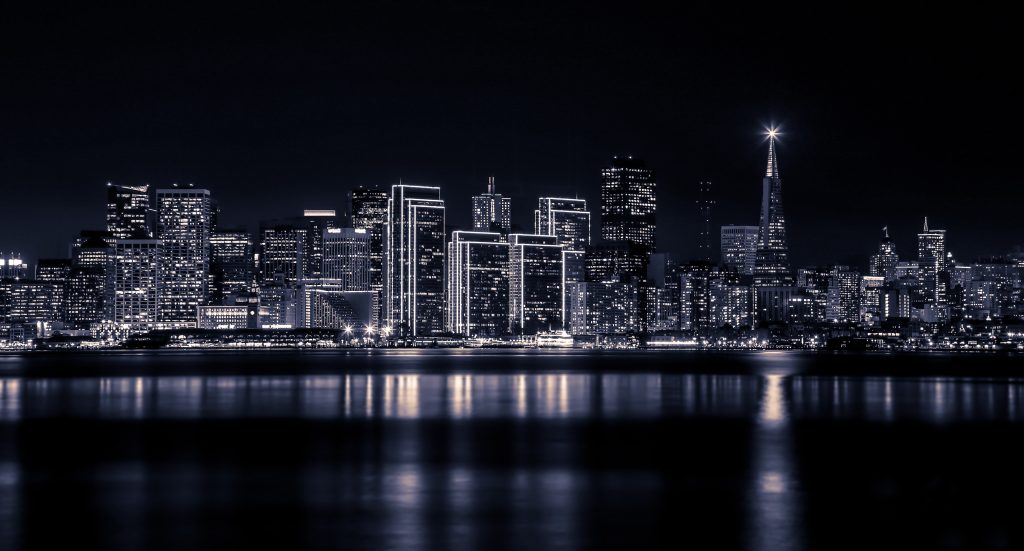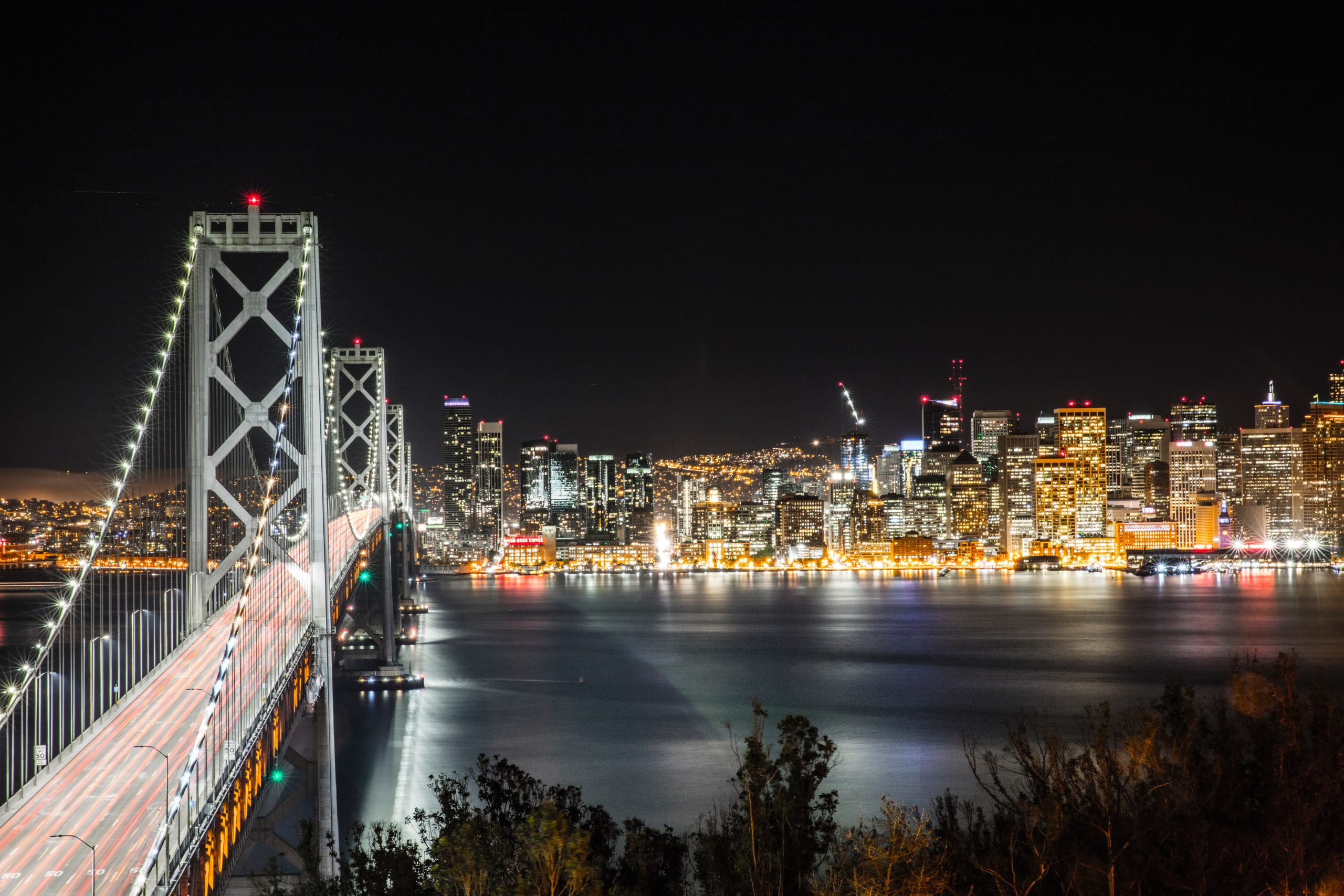It’s a waste of energy and money to turn on outdoor lights when they’re unnecessary. Light pollution is exacerbated by poorly designed outdoor lighting fixtures, whether they be for private residences, commercial buildings, or industrial establishments. Light fixtures that are not shielded emit more than half of their beams toward the sky or sideways. Only 40% of a light emitted reaches the ground in many cases.
Nearly a third of outdoor lighting has been wasted because of this shoddy construction. Wasted lighting generates 1.7 million tonnes of CO2 & $2.2 billion in wasted electricity generated alone.
Impacts Of Illumination
Light pollution can have a devastating impact on with us environment and energy resources, and also wildlife ecology or astronomical research. Human health and well-being are harmed by light pollution as well. It’s well known that light pollution can have a negative impact on human health.
Environment
Excessive nighttime lighting is estimated to release more than 12 million tonnes of carbon dioxide per year, the most dangerous greenhouse gas according to the non-profit International Dark-Sky Association (IDA). To offset the carbon dioxide emissions caused by inefficient lighting, well almost 702 million trees would be required.

In addition to light pollution, other pollutants may be exacerbated by it. At night, photopollution suppresses a found naturally radical that purifies the air, according to a study published in 2010 in the journal Environmental Science and Technology. At night, nitrate radical, a type of nitrogen oxide, decomposes vehicle and industrial emissions. Smog, ozone pollution, and other harmful irritants are all avoided thanks to the nightly process. The nitrate radical is destroyed by sunlight, so the process can only take place at night. Buildings, cars, & streetlights produce 10,000 times less nitrate radical damage than sunlight, but the cleansing process is slowed by 7%. The amount of ozone-depleting chemicals in the air has increased by 5% due to the use of artificial light.
Measurement Of Light Pollution
Because airglow or scattered light prevent the natural atmosphere from being completely black, determining the level of light pollution is a difficult task. Scientists use nighttime satellite images of Earth to specify the amount and intensity of light sources and to calculate the overall brightness of the sky in order to get the accurate measurement.
A Beautifully Complementing Meter, a portable device that measures the brightness of the sky, can also be used by new and seasoned astronomers to document or compare various areas. Anyone can measure the brightness of the sky using mobile apps such as Dark Sky Meter as well as Loss of Night.
Light pollution can also be measured using the Bortle Scale, a 9 rating system that provides observable standards for measuring sky quality. As a way to assist amateur astronomers in evaluating and comparing the darkness of observation sites, John E. Bortle, a decided to retire fire chief turned amateur astronomer, invented the rating scheme in 2001. An outstanding dark-sky site can be rated as one, while an inner-city sky can be rated as nine.

